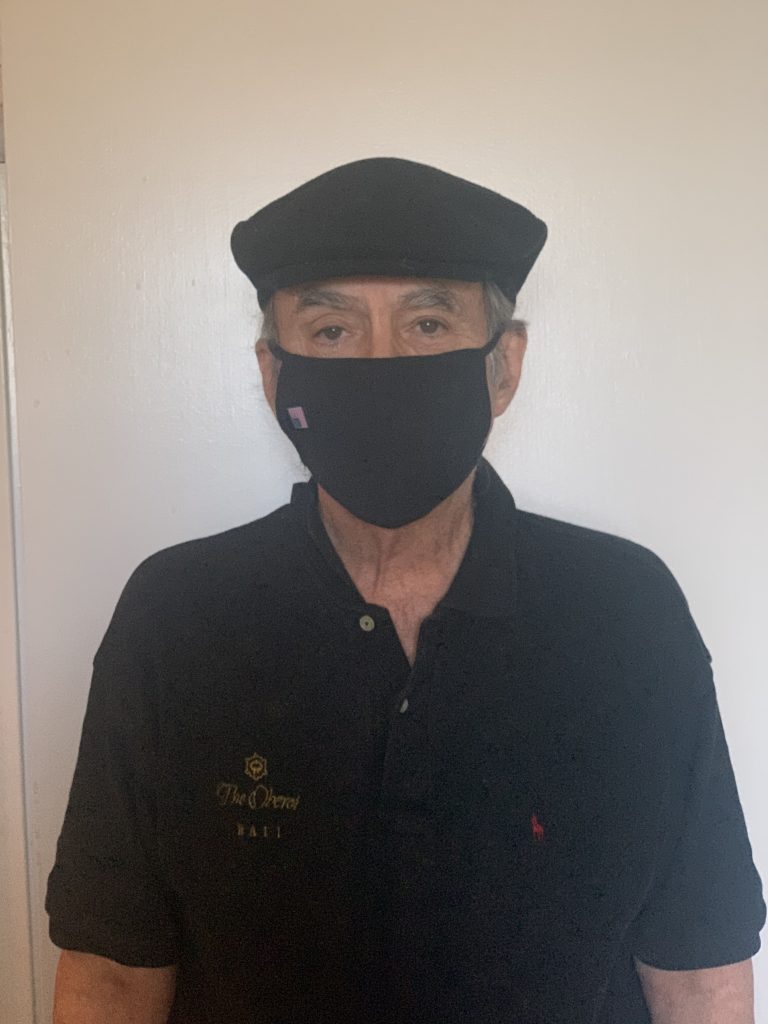Just Say No to Long-Haul International Flights: Medical research

by Robert McGarvey
New medical research published in Emerging Infectious Diseases, issued by the CDC, starkly shows just how risky long haul international travel is and know this: the warning applies to front of the plane passengers too.
What the paper explores in detail is a 10 hour Vietnam Air flight from London to Hanoi (VN54) that resulted in 15 ill passengers and crew in addition to the virus carrier (referred to as case 1) who boarded the plane ill.
The authors detail how most passengers and crew, 217 in total, were successfully contacted post flight, once it became clear that this journey was in fact a “super spreader.”
15 out of 217, big deal? So you may think. But drill deeper into the facts. This was a disease outbreak largely limited to business class where case 1 sat: “Of the 15 persons with flight-associated cases, 12 (80%) had traveled in business class with case 1, and 2 travelers (cases 14 and 15) and 1 flight attendant (case 16) had been in economy class. Among persons in business class, the attack rate was 62% (13/21). Among passengers seated within 2 meters from case 1, which we approximated in business class to be <2 seats away, 11 (92%) were SARS-CoV-2–positive compared with 1 (13%) located >2 seats away. Of the 12 additional cases in business class, symptoms subsequently developed in 8 (67%); median symptom onset was 8.8 days (interquartile range 5.8–13.5) after arrival. None of the additional cases showed COVID-19 symptoms while on board VN54.”
If you were in business class on that flight you had a two in three chance of landing with Covid-19. If you were actually near case 1, you almost certainly were going to get Covid-19. That is fact. That also is a grim prospect.
In business class!
How did the disease spread? Aerosol or droplet transmission, said the authors.
As for the disease carrier, she is a 27-year-old businesswoman from Vietnam, who had traveled from her London base to Italy with her sister in February. The sister was later confirmed to be positive for the virus. She later traveled with that sister back to Italy and also to Paris for Fashion Week. On February 29, she had a sore throat and cough. On March 1, she boarded VN54. She was ill throughout the flight. After landing, the disease progressed and on March 5 she sought treatment at a Hanoi hospital.
The study authors challenge the safety protocols advocated by international aviation carriers. Right now, the international flight experts say the risk of inflight transmission is very low and the only safety measure they recommend is a face mask. They explicitly do not endorse blocking middle seats. The paper says hogwash. “Our findings challenge these recommendations. Transmission on flight VN54 was clustered in business class, where seats are already more widely spaced than in economy class, and infection spread much further than the existing 2-row (36) or 2 meters (37) rule recommended for COVID-19 prevention on airplanes and other public transport would have captured.”
Meantime, airports, from LAX to Honolulu, have been testing and/or busily installing thermal cameras – but what if they simply do not provide useful information? The authors wrote: “thermal imaging and self-declaration of symptoms have clear limitations, as demonstrated by case 1, who boarded the flight with symptoms and did not declare them before or after the flight.”
And with many passengers who became ill it took eight days for symptoms to show. So much for checks on incoming passengers at airports.
Just maybe long flights are simply dangerous. Wrote the authors, “long flights…can provide conditions for superspreader events. It has been hypothesized that a combination of environmental factors on airplanes (humidity, temperature, air flow) can prolong the presence of SARS-CoV-2 in flight cabins.”
What do we need to do to stay safer in the air? There is no silver bullet. The study authors offer three prescriptions: wear face masks and wash your hands often. Lastly, maintain physical distance before and after boarding. Do those three things and, suggest the authors, we are doing what we can.
But very probably the safest course is step number 4, do not fly long haul unless it is absolutely necessary.
The original article in the CDC’s November 2020 MMWR also raised the specter of spread via the closely confined spaces of the aircraft’s toilets. Several of the flight crew who contracted Covid-19 also used the same Business Class toilet as Index Case 1. We all know about the fetid fecal odor that can emanate from those airplane WCs. It makes one wonder for how long aerosolized SARS-CoV-2 would be able persist in those tight quarters.
This occurred before current protocols for screening, masks and plane sanitization were in place.
Chances are now that the sick passenger would have been prevented from boarding.
This refers to a flight that occurred many months ago which seems important to point out. I’d rather fly now with the screening for ill passengers, etc., because I can count on one hand the number of times I’d been on a flight prior to this where there weren’t at least several people coughing or sneezing and plane cleaning was rather hit or miss. At least now, there’s a chance that this type of passenger (whose behavior was quite selfish BTW) wouldn’t have been allowed to board and airlines are making a better effort to clean their planes. So, when international travel opens up again, I’ll take my chances.